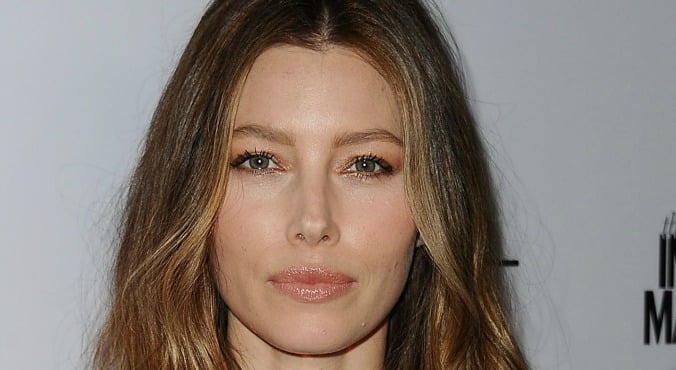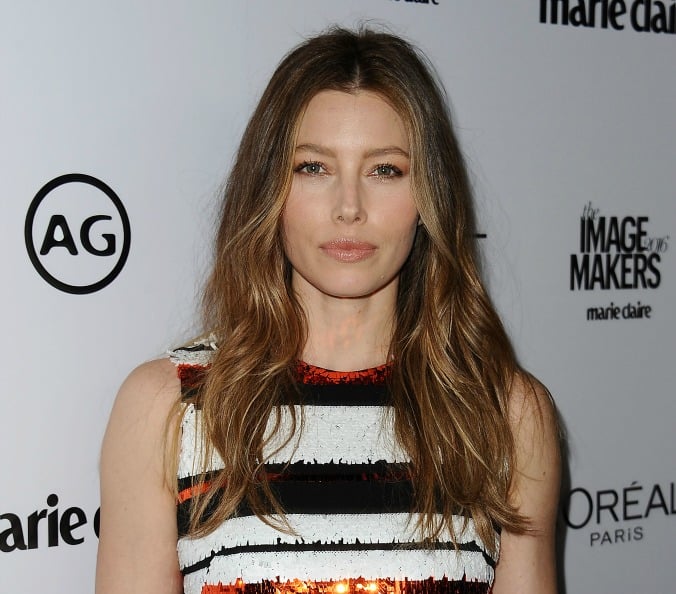
Image: Getty
For what feels like decades now, it’s been all about balayage. We’ve seen other hair trends come and go (rainbow hair, we’re looking at you) but balayage and its ombre variations have stayed constant. Until now.
Yep, 2016 brings with it an upcoming trend that may very well dethrone balayage as our trusty go-to. It’s time to embrace ‘colour melting’.
“Colour melting is a form of blending that has a seamless application with a result of a worn-in colour,” explains Tori Cini of Sydney’s Edwards and Co.
Colour is applied evenly from root to tip, often through freehand techniques, to create a very natural spectrum of colour.
But before you go ‘That sounds exactly like balayage, idiot’, there is actually a distinct difference. (Post continues after gallery.)
The best colour melting looks.




